Current Richmond CEO Brendon Gale played nearly 250 games for the Tigers over 14 years. Photo: WAYNE LUDBEY
We like to think that recruiters have come a long way in their ability to identify talent and pick players in the draft accordingly.
On the whole that contention is probably true, but as this revised draft proves, in some ways, actually not much has changed in 30-odd years.
In 1987, the second VFL/AFL national draft in its current form took place and only two players have hung on to their status as top-10 draftees.
Admittedly, the talent pool in 1987 wasn’t as deep as more modern drafts, so it was probably easier for later picks to enjoy sizeable upgrades, but the parallels are still there for all to see.
In the revised 1987 VFL draft, Richmond star Brendon “Benny” Gale catapulted himself from pick 27 all the way up to top spot.
Gale was a consistent and dependable big man for the majority of his 14-year career at Punt Road Oval which consisted of 244 games and 209 goals.
Unfortunately for Gale, his career coincided with one of the Tigers’ darkest chapters, and the success-starved club would only make the finals twice while Gale was there. He certainly provided the yellow-and-black faithful with some rare joy during that period.
Not only was Gale an effective ruckman, but when called upon, he could also do a job up forward as his two hauls of five goals and one bag of six suggest.
While Gale didn’t enjoy much pleasure as a player, he has more than made up for it in his role as Richmond chief executive, helping to orchestrate the end of the Tigers’ 37-year premiership drought with three flags in four seasons.
Coming in at No.2 in the revised order is Collingwood wingman Graham Wright, ensuring a one-two punch for Tasmania.
The crafty and quick-thinking Magpie got a slight upgrade from pick three, and deservedly so as he not only played 201 games for the Magpies, but was also a member of their famous 1990 premiership and finished second in the Brownlow Medal that year behind Footscray’s Tony Liberatore.
As skilful as he was quick, Wright was a mainstay in the Collingwood line-up for a decade before retiring at the end of 1998. A serious knee injury in 1996 curtailed his career, and he was never the same player, finishing up at just 30.
Melbourne’s Stephen Tingay gets a decent promotion from pick 50 to No.3. The highly impactful and creative midfielder was a key member of the Demons’ on-ball division throughout the 1990s in what was a relatively successful decade for the club, which yielded four finals series. He earned All-Australian honours in 1994.
Tough and energetic, Tingay wasn’t afraid to put his body on the line but chronic hip and buttock injuries brought his career to a premature end.
Coming at No.4 is cult figure Darren “Doc” Wheildon who was originally taken at pick 43 by Fitzroy.
He may have only played 70 VFL/AFL games, but that was all he needed to become a universal fan favourite. The freakishly-talented forward was capable of the extraordinary out on the field and could kick a bag of goals as well (fast forward to 2:14 for his most outrageous goal).
He finished up with 160 majors, but a second chance with Essendon in 1996 didn’t last very long as he suffered a broken leg after being struck by a taxi.
Rounding out the top five is Essendon premiership defender David Grenvold, who zoomed up 40 spots from No.45.
Coming in at six and seven are inaugural Adelaide captain Chris McDermott and fellow foundation Crows squad member Andrew Jarman respectively, who were both originally drafted by Brisbane but refused to play for the Bears.
Completing the top 10 are Melbourne’s Andrew Obst, former Kangaroo, Cat and now prominent player agent Liam Pickering and another former Crow in Simon Tregenza, who was initially recruited by Footscray.
Wright and McDermott were the only top-10 players to remain in the revised top 10.
*Redrafts only consider the first time a player was drafted.




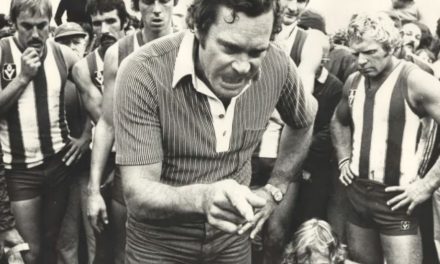
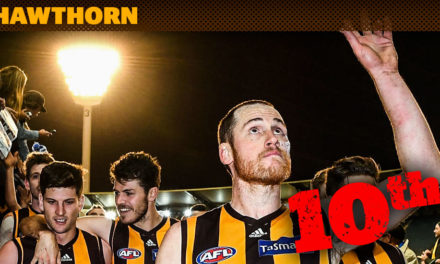
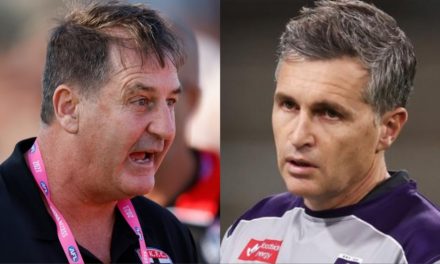



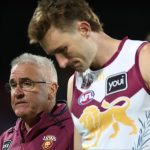
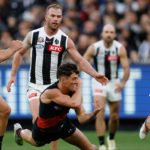

Who the hell is, or was, Michael Quirk? God help us Saints supporters…..